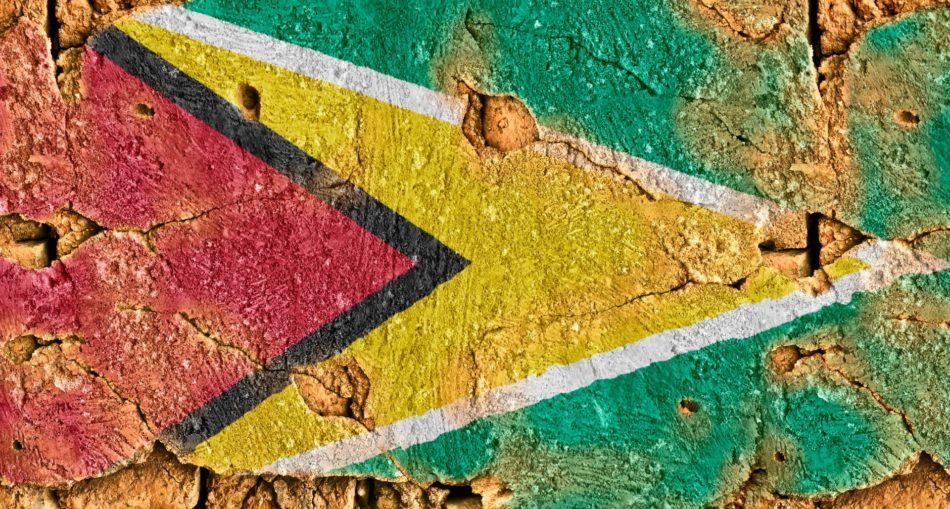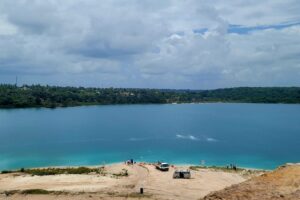British colonization of parts of South America took place in the 17th, 18th, and 19th centuries. The British established colonies and trading posts in several areas of South America, including present-day Argentina, Guyana, Uruguay, Chile, and Peru.
In the 1680s, the British established a colony in the present-day city of Buenos Aires, Argentina. However, the colony was abandoned in the 1690s due to conflicts with the local indigenous peoples and other European powers.
In the early 18th century, the British established a settlement in present-day Montevideo, Uruguay, which was used as a base for trading with Spanish colonies in the region.
During the late 18th century, British naval power helped to secure trade for British merchants, in particular, British merchants were a major force in the trade of the Rio de la Plata region, and these merchants established settlements, such as Fuerte Bulnes, in Patagonia and Magellan Strait.
In the early 19th century, British settlers established colonies in present-day Chile and Peru. Many of these settlers were attracted to the region by the potential for trade in goods such as gold, silver, and other minerals.
It is important to note that the colonization of these areas by the British, like many other European colonizations in the Americas, brought about significant suffering for the indigenous people of the region and had a lasting effect on the cultures and societies of the area. The colonizers often brought diseases that the indigenous people had no immunity to, enslaved many, and imposed their own culture and languages, displacing local ones.
It’s also worth noting that the British invasion of South America was not as extensive as other European nations, and the majority of the countries in South America were colonized by Spain and Portugal.
The Berbice War
The British invasion of Guyana, also known as the Berbice War, was a conflict that took place in the colony of Berbice in the Dutch Guiana, which is now part of Guyana, in the early 18th century. The war was sparked by a rebellion of enslaved Africans, led by a man named Cuffy, against their Dutch colonizers.
The rebellion broke out in the Berbice colony in February 1763, when enslaved Africans, mainly from the Akan ethnic group of what is now Ghana and Ivory Coast, rose up against their Dutch masters. The rebels were led by Cuffy, who had been enslaved and brought to Berbice from West Africa. They seized control of the colony and established a maroon community, which was a self-governing settlement of runaway slaves.
The Dutch were unable to put down the rebellion, and the situation worsened for the British, who were also vying for control of the region. In 1764, a British expeditionary force led by Robert Kinston, was sent to the colony to quell the rebellion and restore Dutch control. The British were ultimately successful in putting down the rebellion, but the war had lasting consequences. It marked the beginning of the end of Dutch rule in the region, and it set the stage for the eventual British colonization of Guyana.
Today, the legacy of the Berbice War is remembered in Guyana, where Cuffy is celebrated as a national hero and the symbol of resistance against colonialism. His statue, the 1763 Monument, is a central feature of the Square of the Revolution in Georgetown, Guyana.







